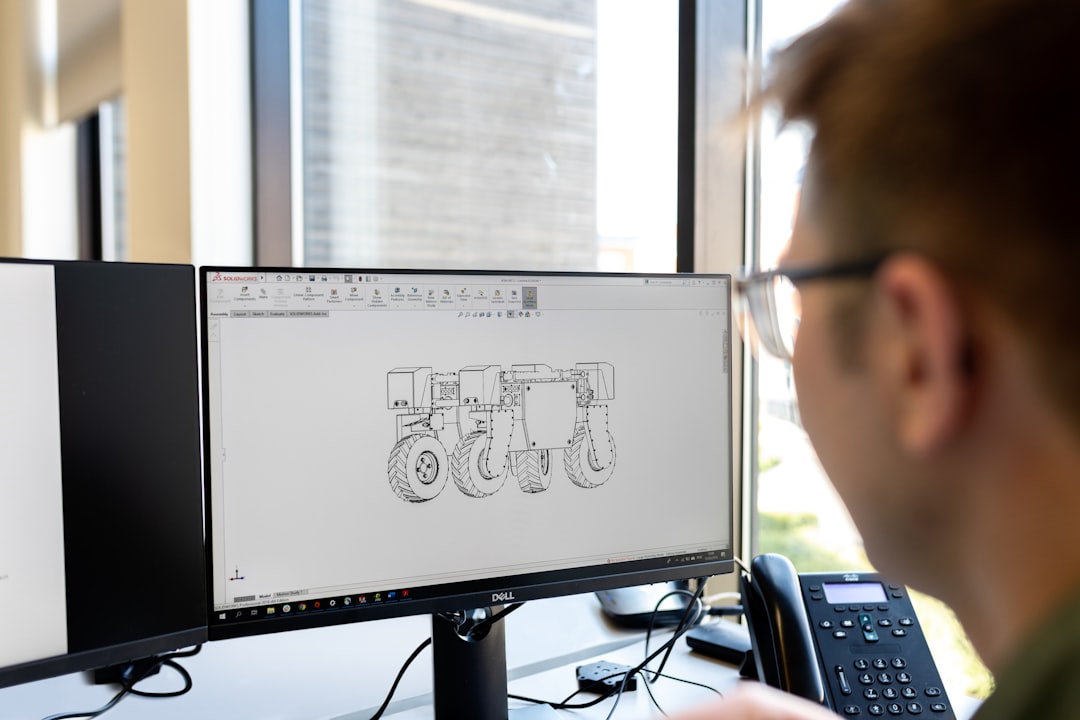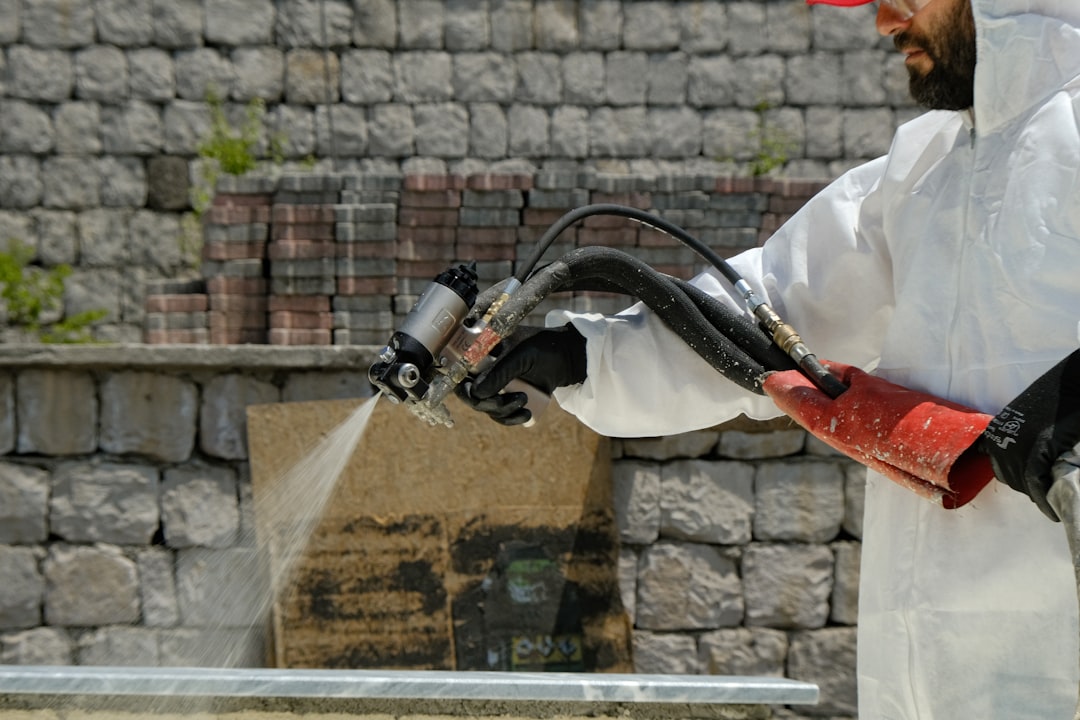What is it about?
This study compares two atmospheric pressure plasma jet devices, a plasma gun and a plasma Tesla jet, in terms of safety and therapeutic efficiency for treating cholangiocarcinoma, an aggressive and rare cancer that originates in the biliary tree. The researchers conducted a three-step methodology to analyze the electrical and physico-chemical properties of the plasma jets, evaluate their safety through dermal toxicity tests, and test their therapeutic efficiency on cholangiocarcinoma in immunodeficient mice. The plasma Tesla jet demonstrated significant therapeutic efficiency in the preclinical model.
Featured Image

Photo by National Cancer Institute on Unsplash
Why is it important?
This work is important because it develops a safe cold atmospheric plasma device with antitumor properties for a preclinical model of cholangiocarcinoma. Cholangiocarcinoma is a rare and aggressive cancer with limited treatment options, and the development of new treatment methods is crucial for improving patient outcomes. By demonstrating the potential of the plasma Tesla jet for treating this type of cancer, this research opens up new opportunities for cancer treatment.
Perspectives
While this study shows promise in using plasma devices for cancer treatment, further investigation is needed to fully understand the cellular and molecular mechanisms involved in their antitumor effects. The research contributes to the development of novel anticancer treatments for patients with cholangiocarcinoma and other aggressive cancers. Additional studies should explore the optimal parameters for plasma devices, refine their design, and determine their effectiveness in treating other cancer types. The findings from this research serve as a foundation for future studies and the potential application of plasma jets in cancer treatment.
Dr Thierry Dufour
Read the Original
This page is a summary of: Atmospheric pressure plasma jets applied to cancerology: correlating electrical configuration with in vivo toxicity and therapeutic efficiency, Journal of Physics D Applied Physics, April 2019, Institute of Physics Publishing,
DOI: 10.1088/1361-6463/ab0fbb.
You can read the full text:
Contributors
The following have contributed to this page










